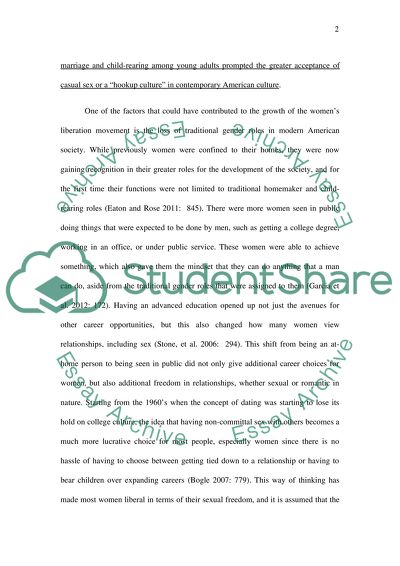Cite this document
(“The Emergence of a Hookup Culture in Contemporary American Culture Essay”, n.d.)
Retrieved from https://studentshare.org/gender-sexual-studies/1478026-the-emergence-of-a-hookup-culture-in-contemporary-american-culture
Retrieved from https://studentshare.org/gender-sexual-studies/1478026-the-emergence-of-a-hookup-culture-in-contemporary-american-culture
(The Emergence of a Hookup Culture in Contemporary American Culture Essay)
https://studentshare.org/gender-sexual-studies/1478026-the-emergence-of-a-hookup-culture-in-contemporary-american-culture.
https://studentshare.org/gender-sexual-studies/1478026-the-emergence-of-a-hookup-culture-in-contemporary-american-culture.
“The Emergence of a Hookup Culture in Contemporary American Culture Essay”, n.d. https://studentshare.org/gender-sexual-studies/1478026-the-emergence-of-a-hookup-culture-in-contemporary-american-culture.


